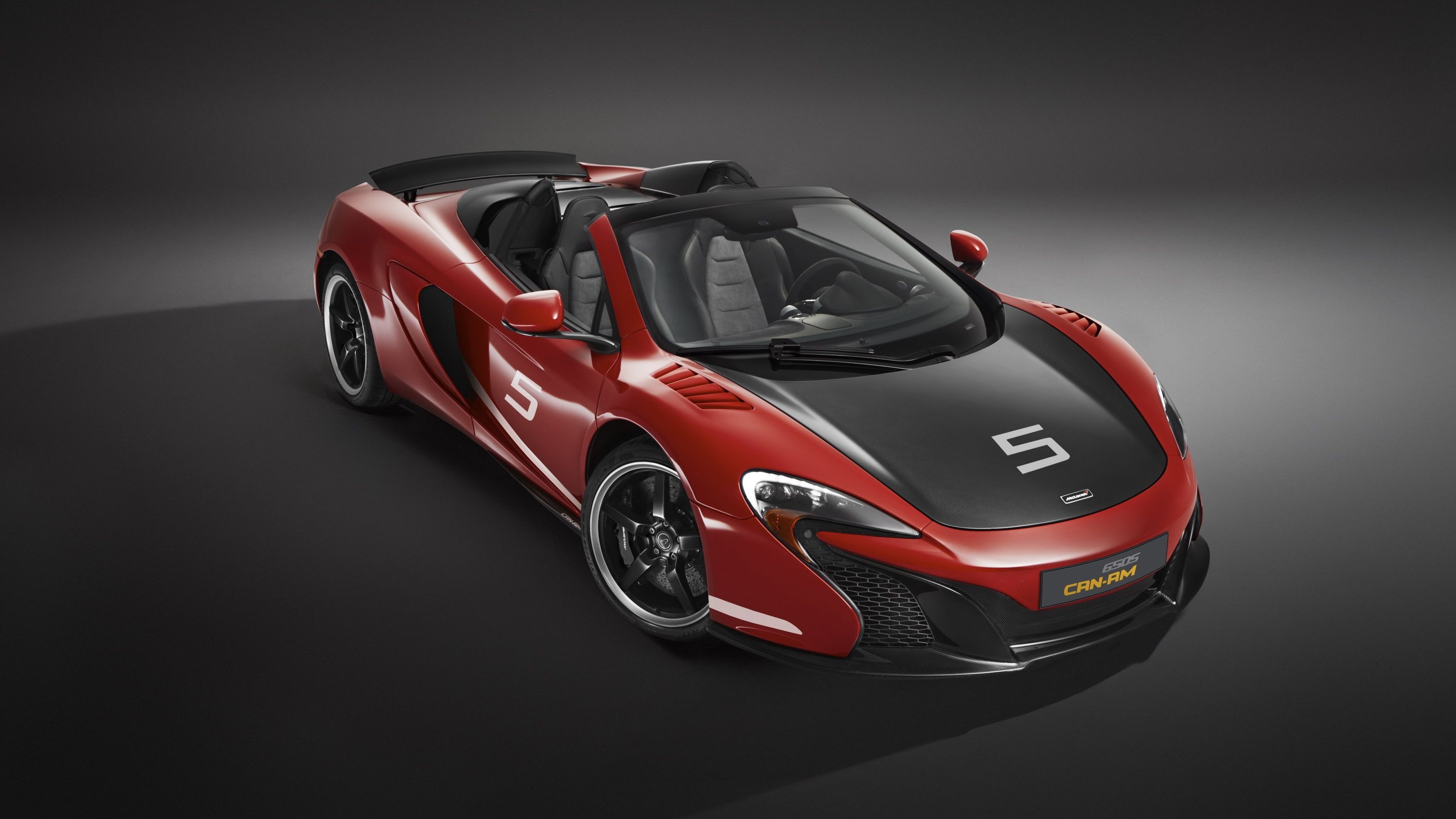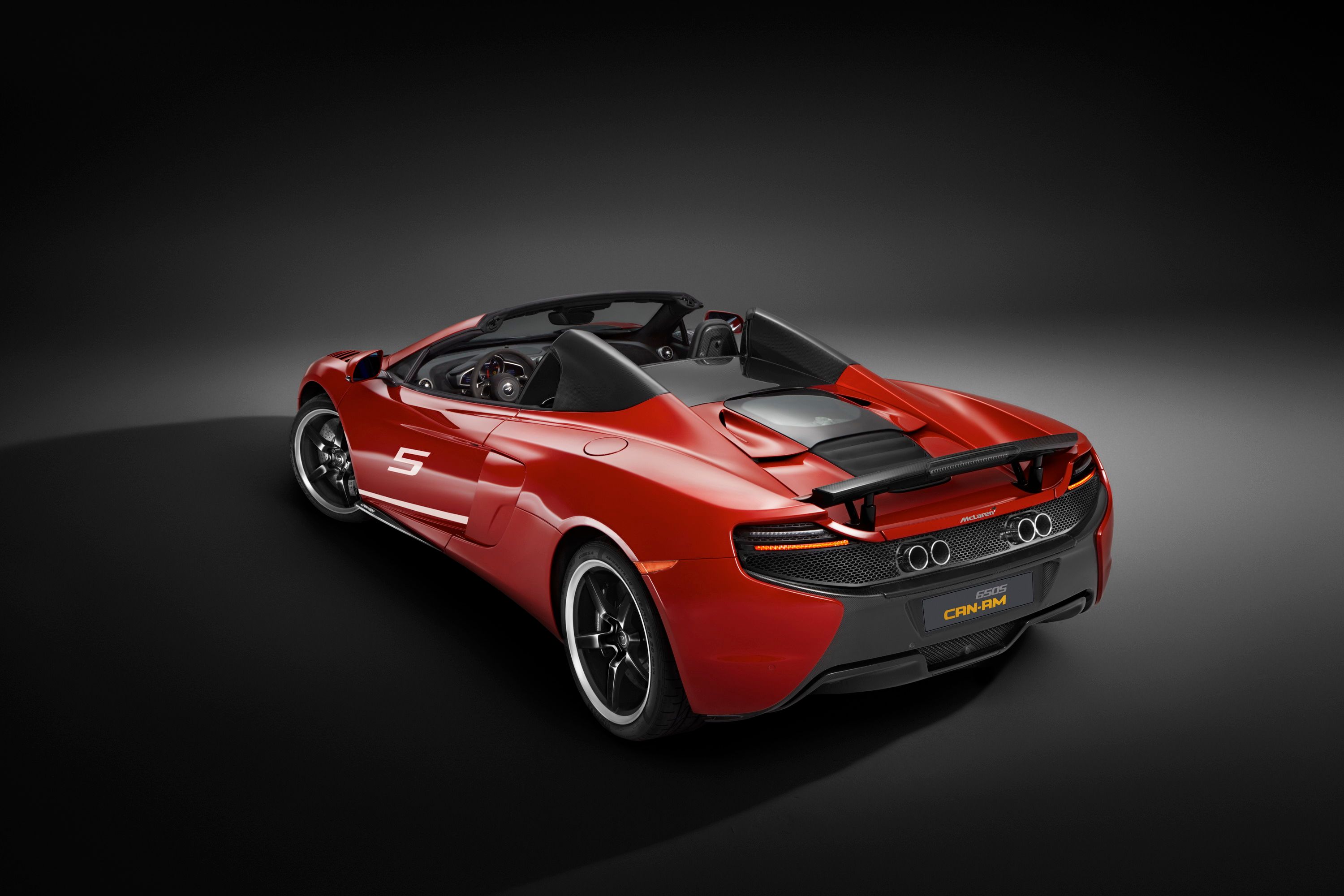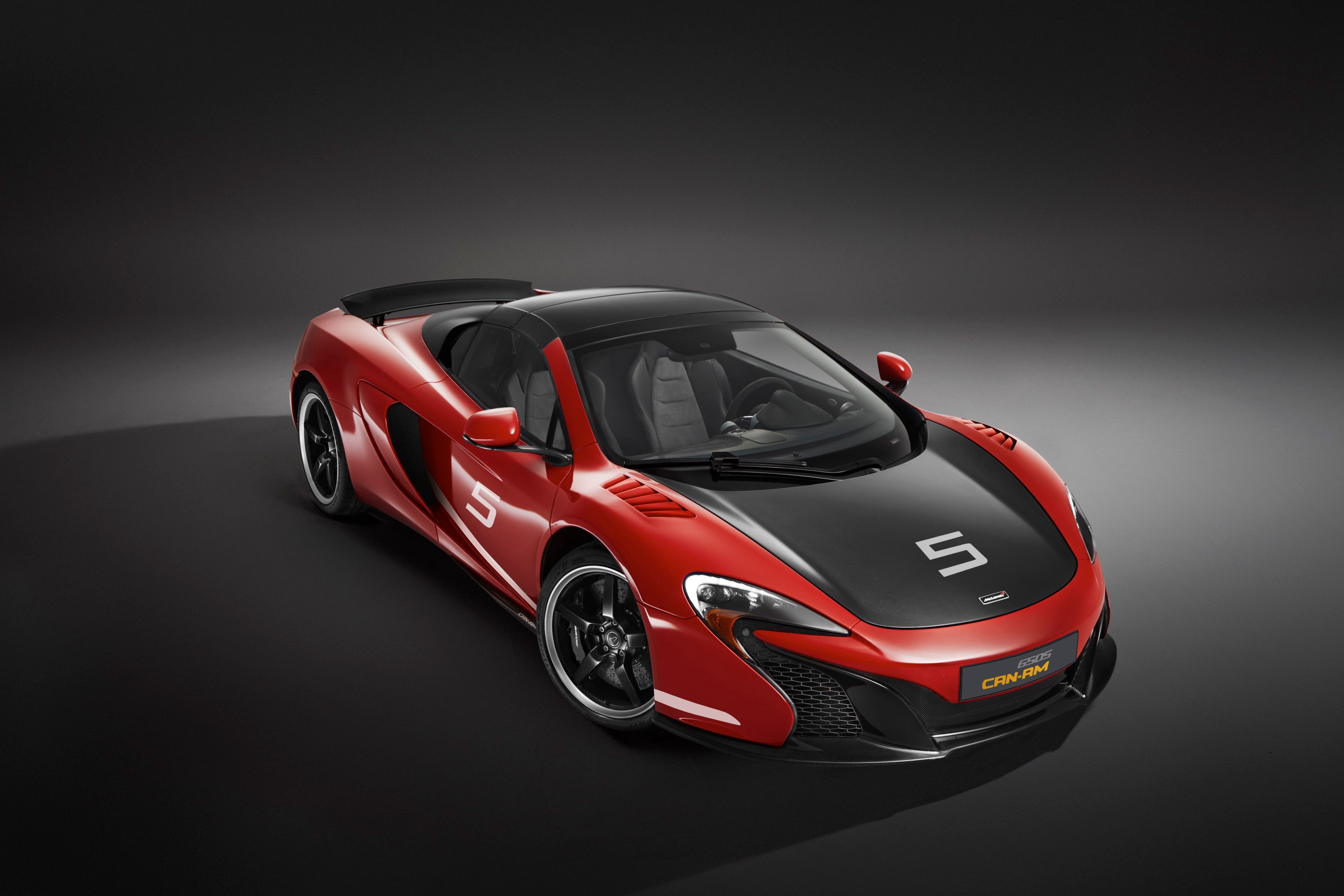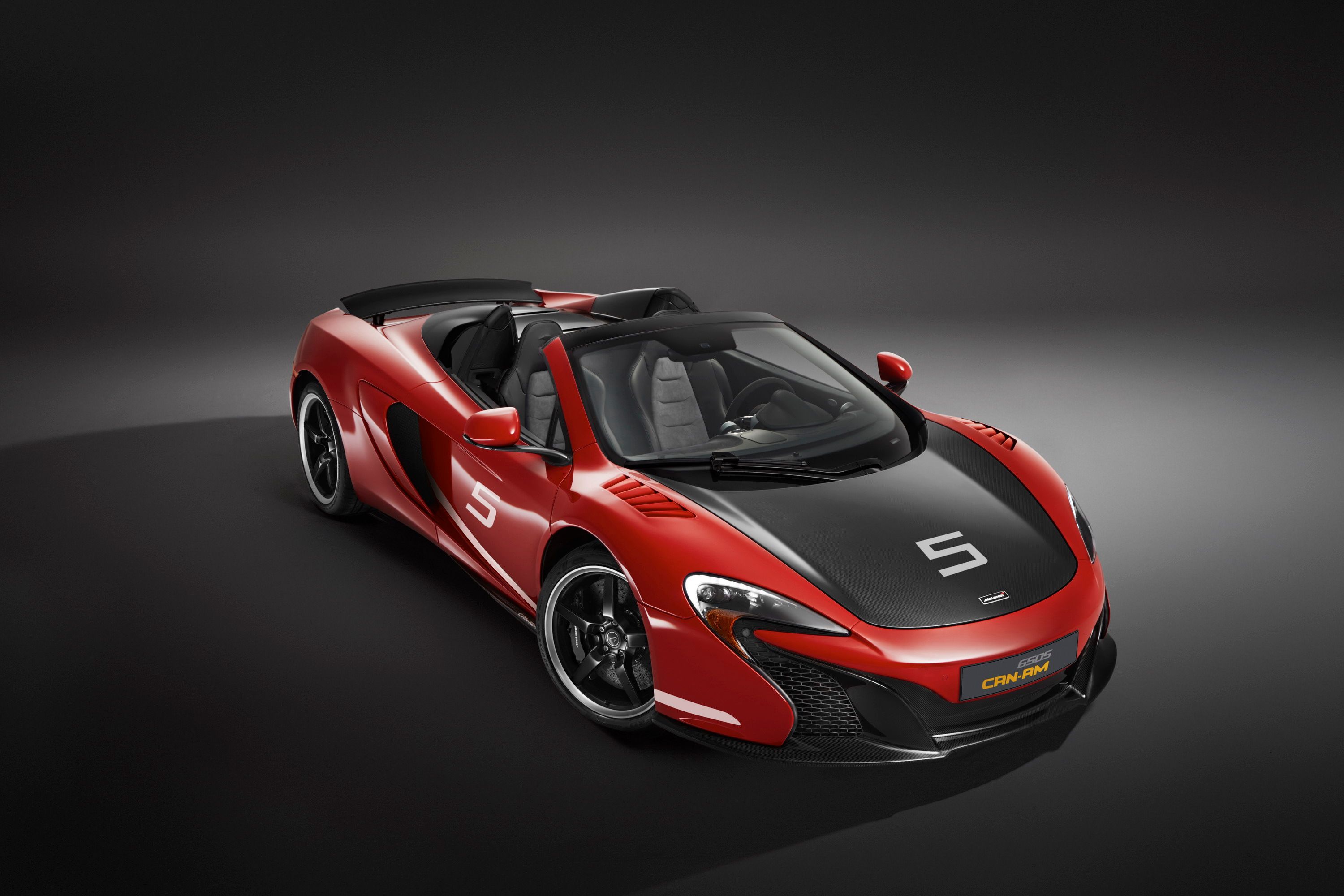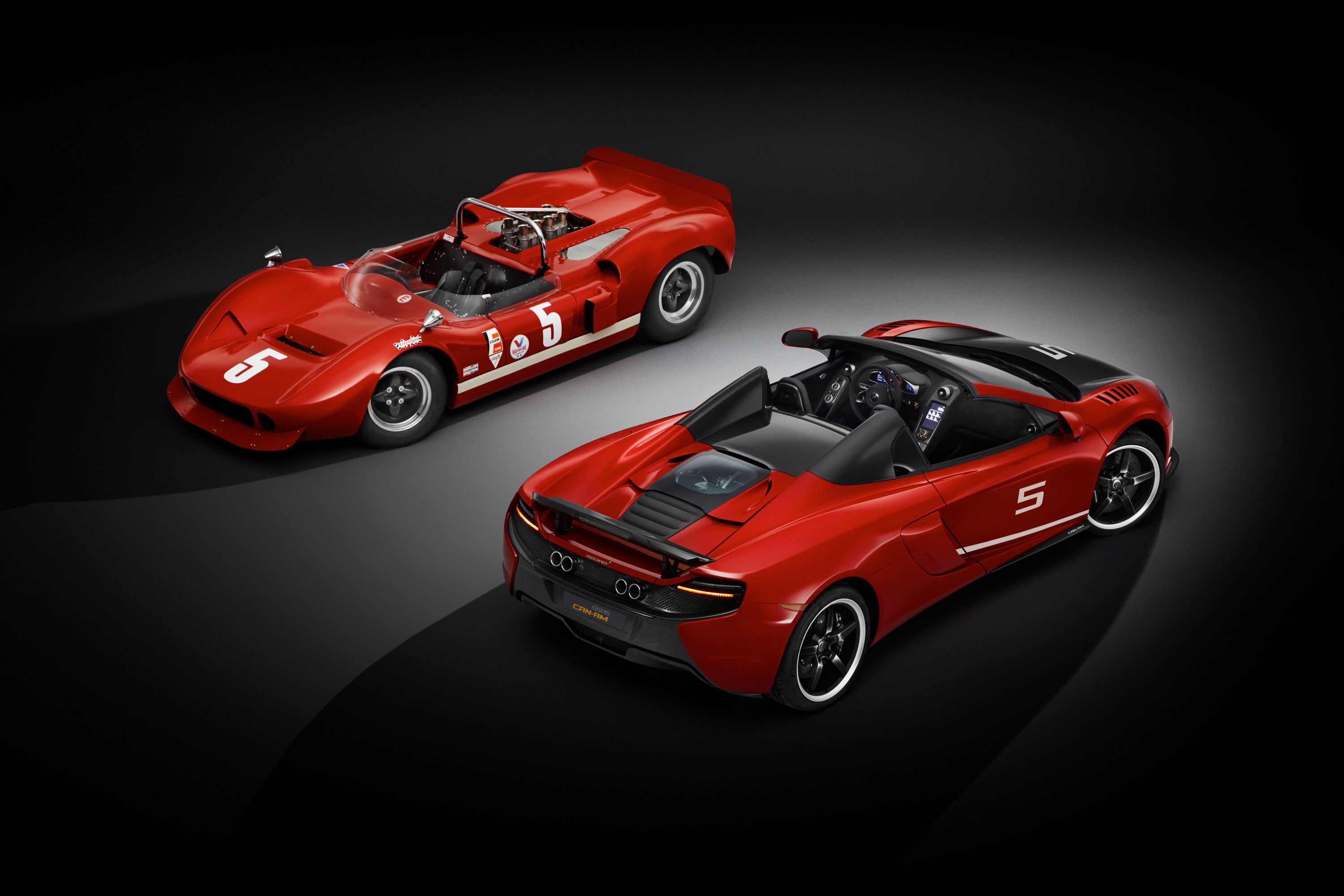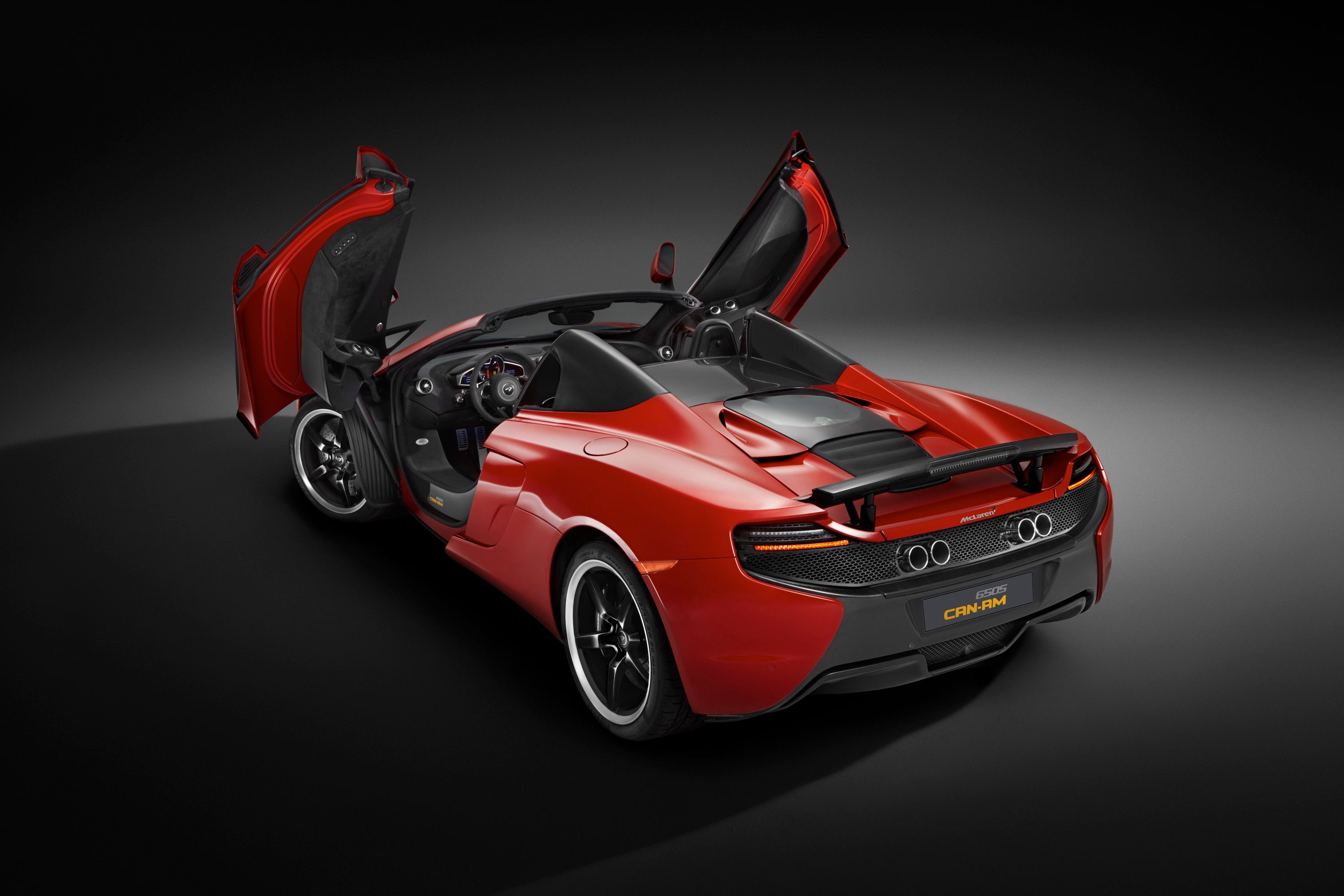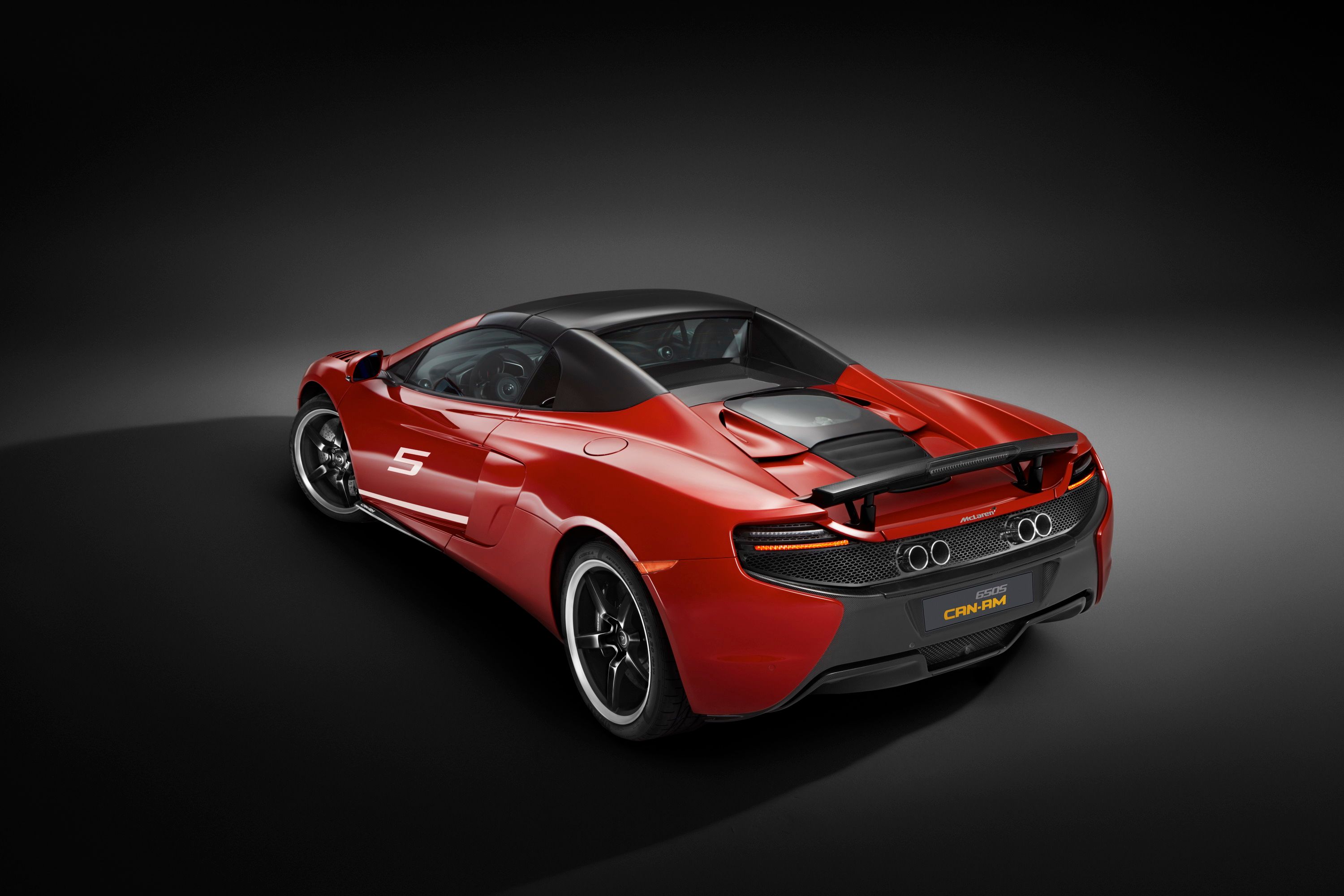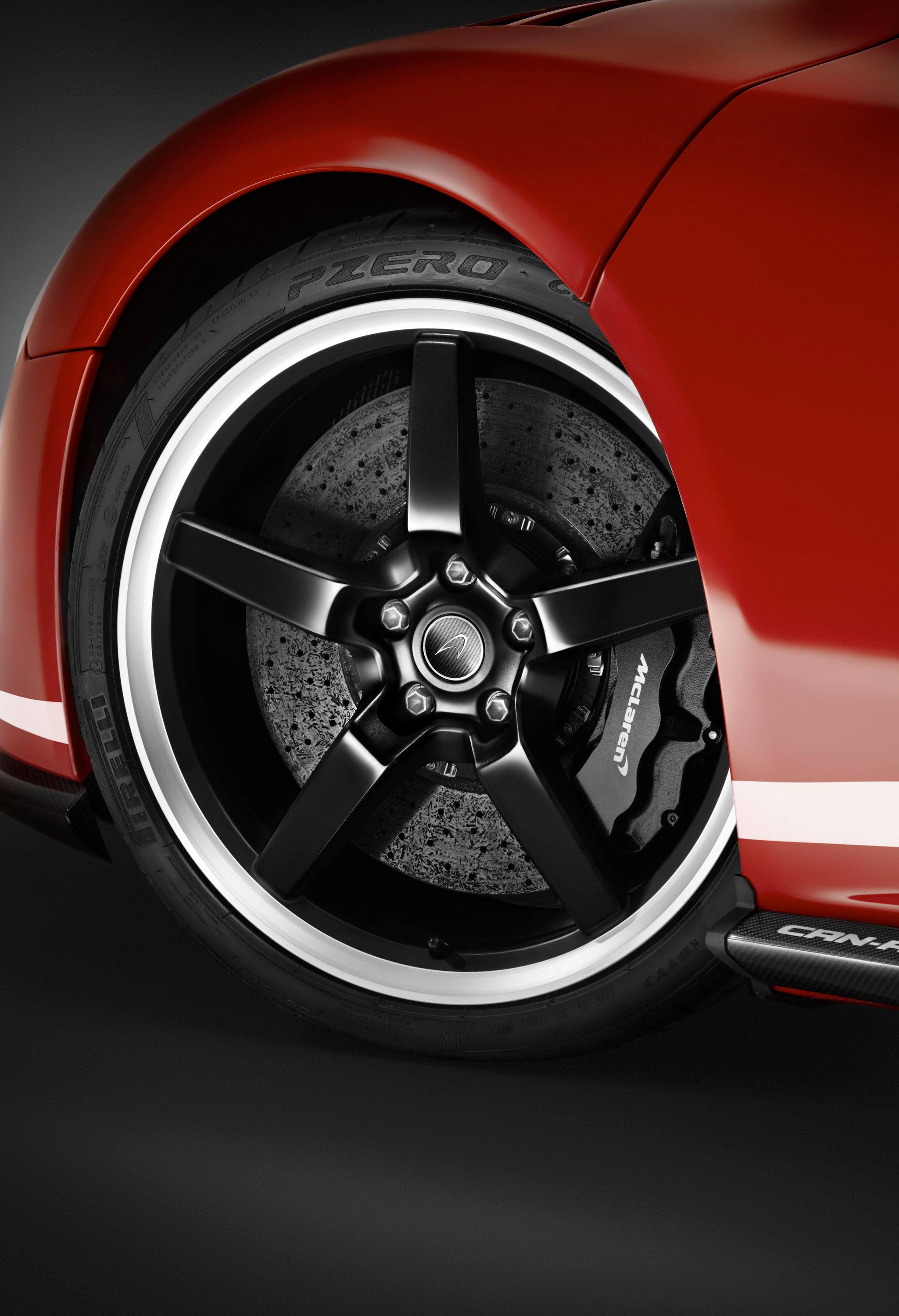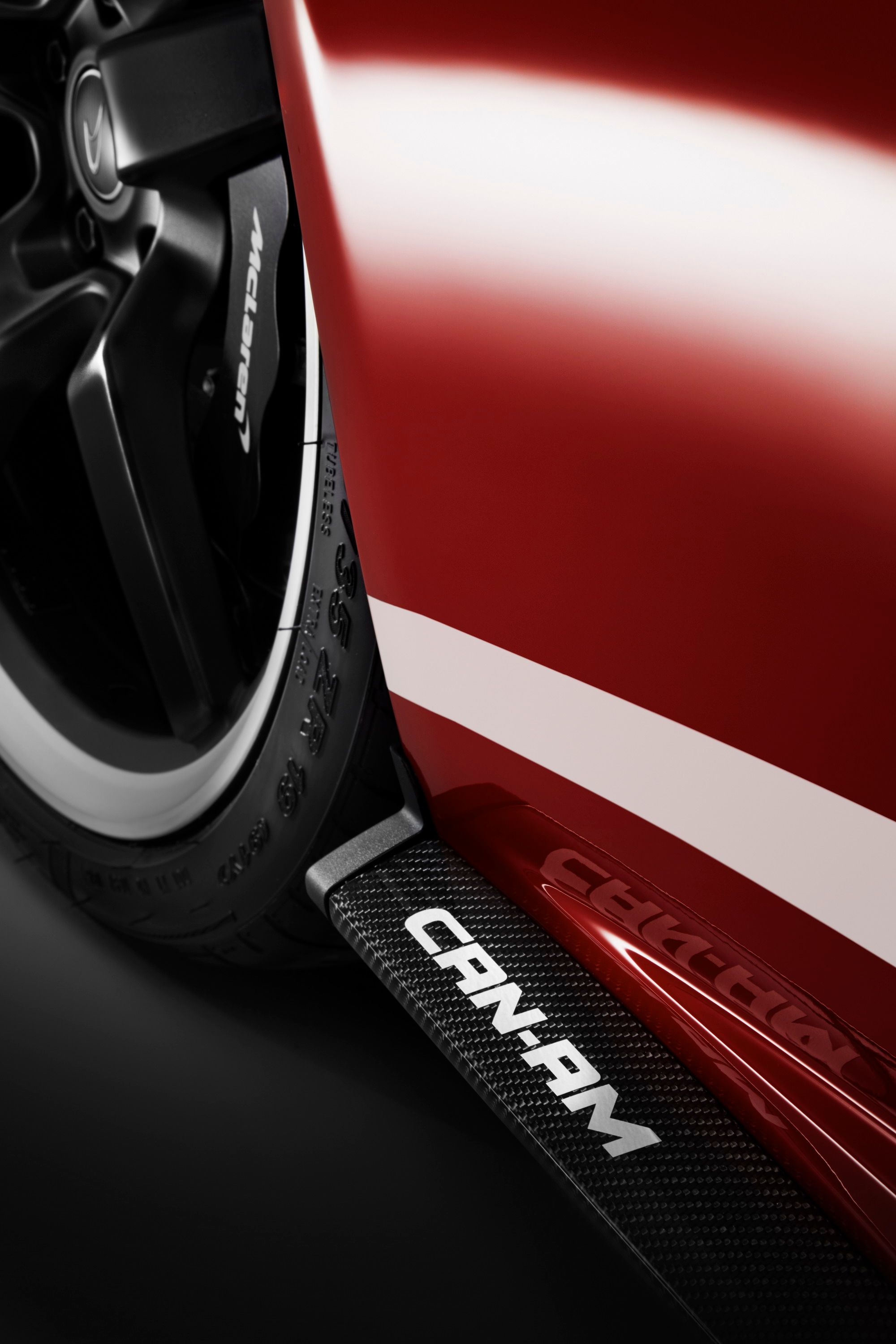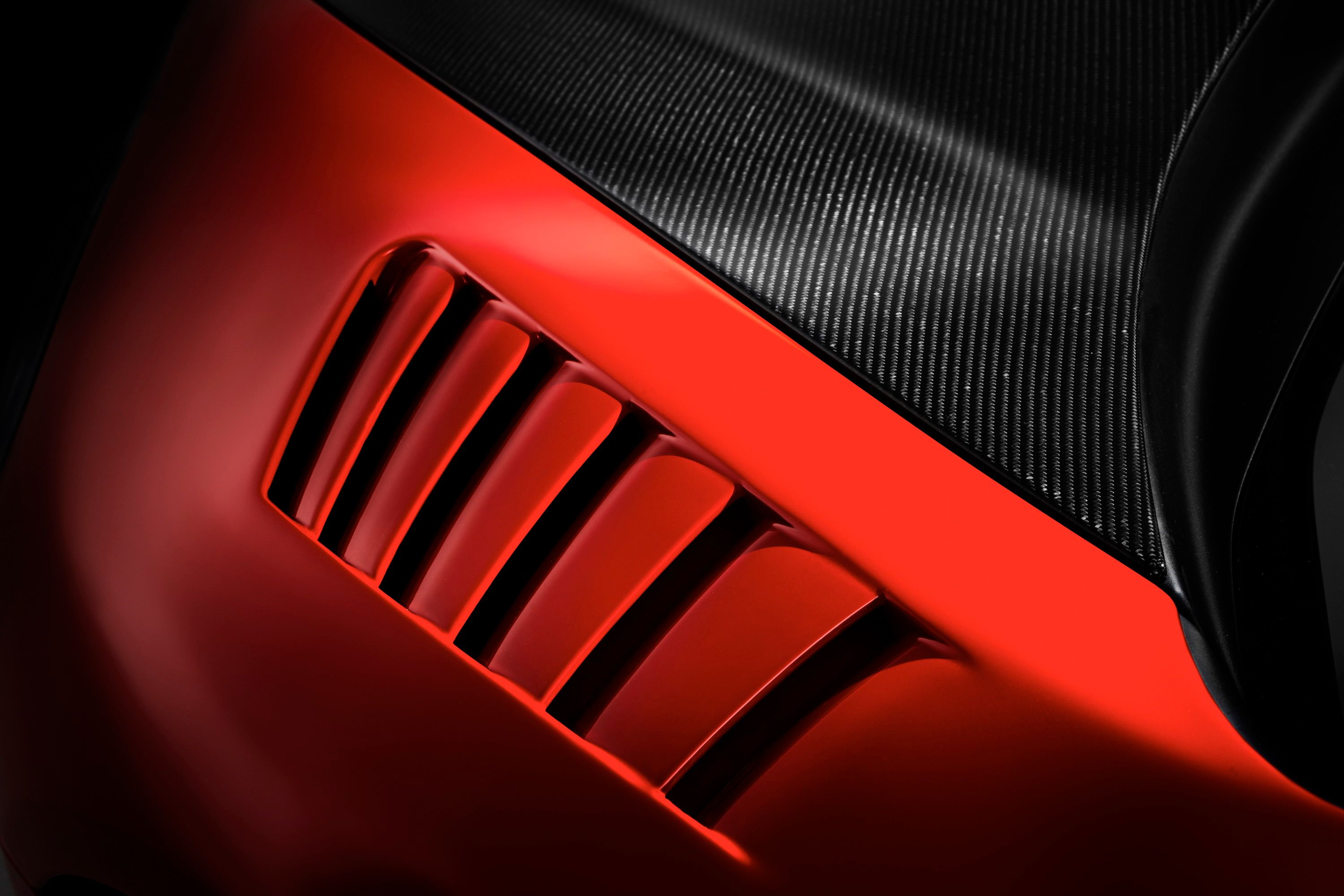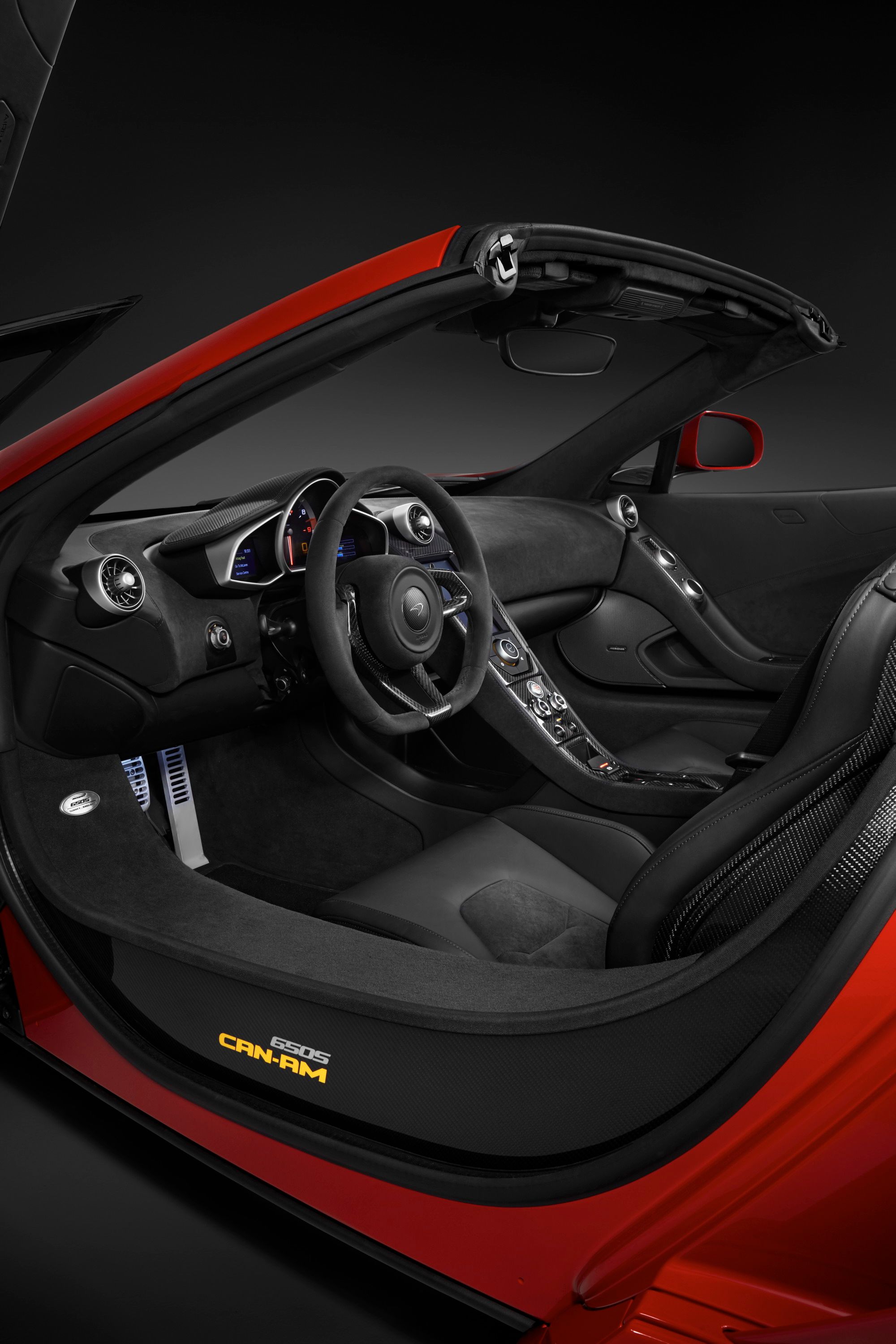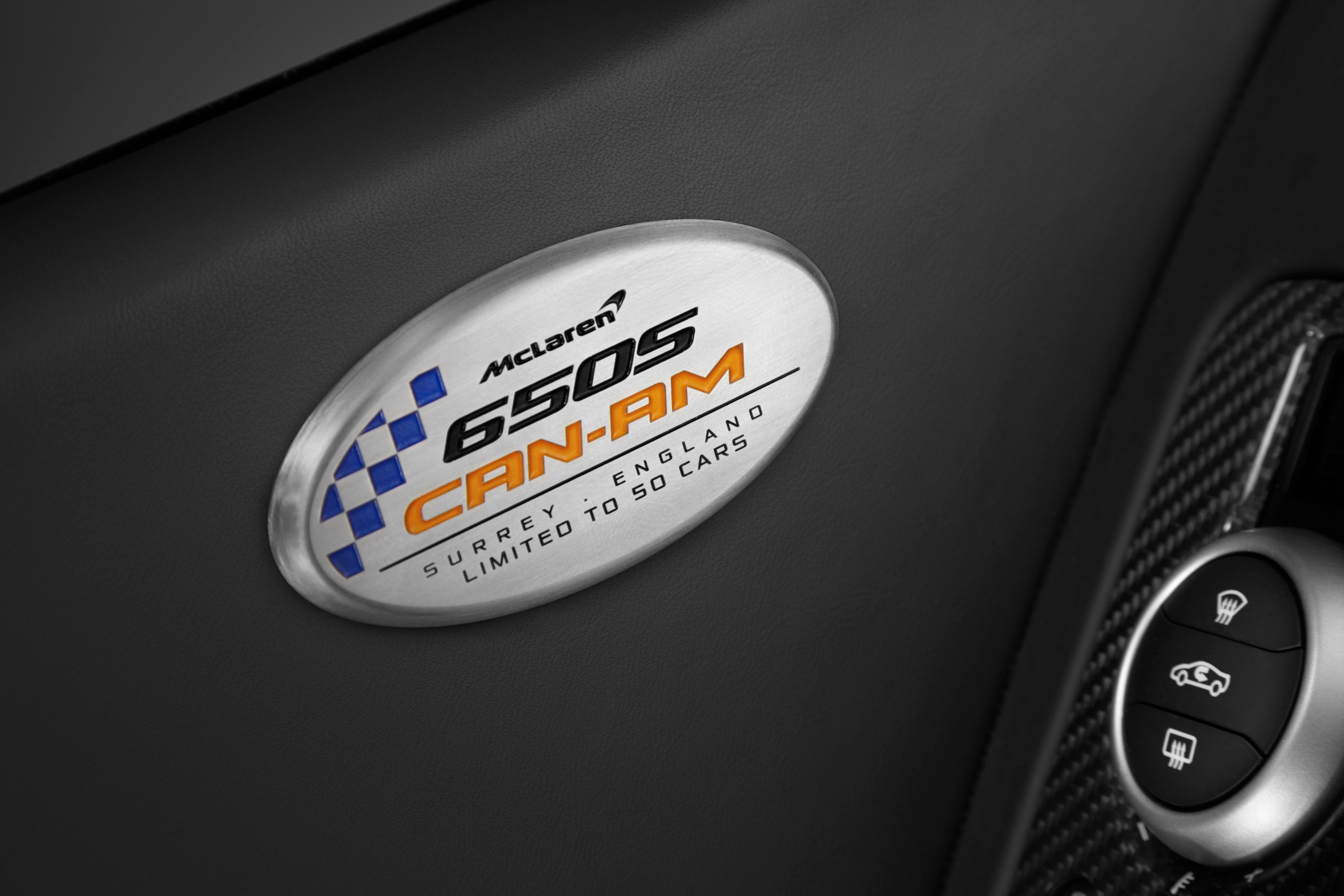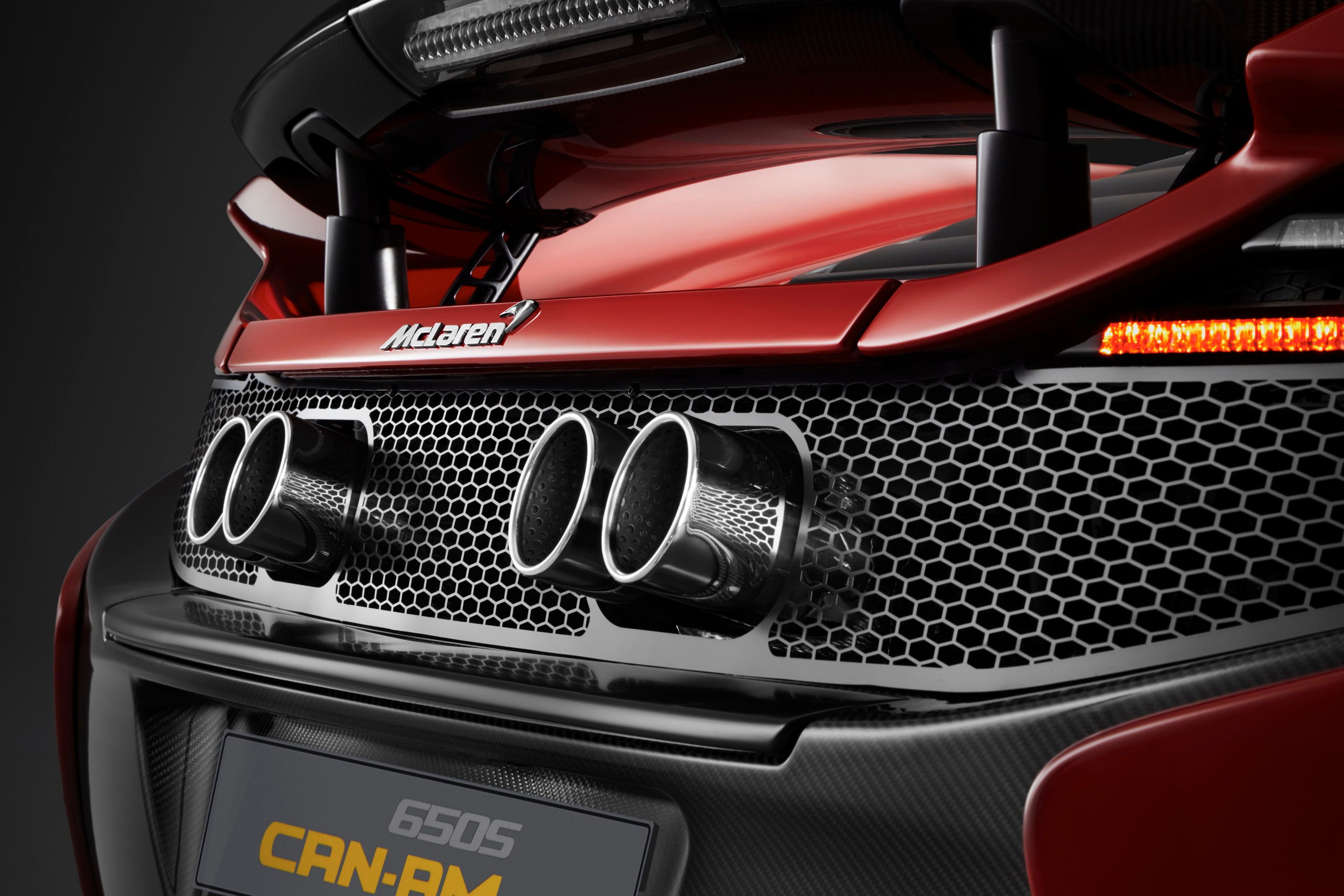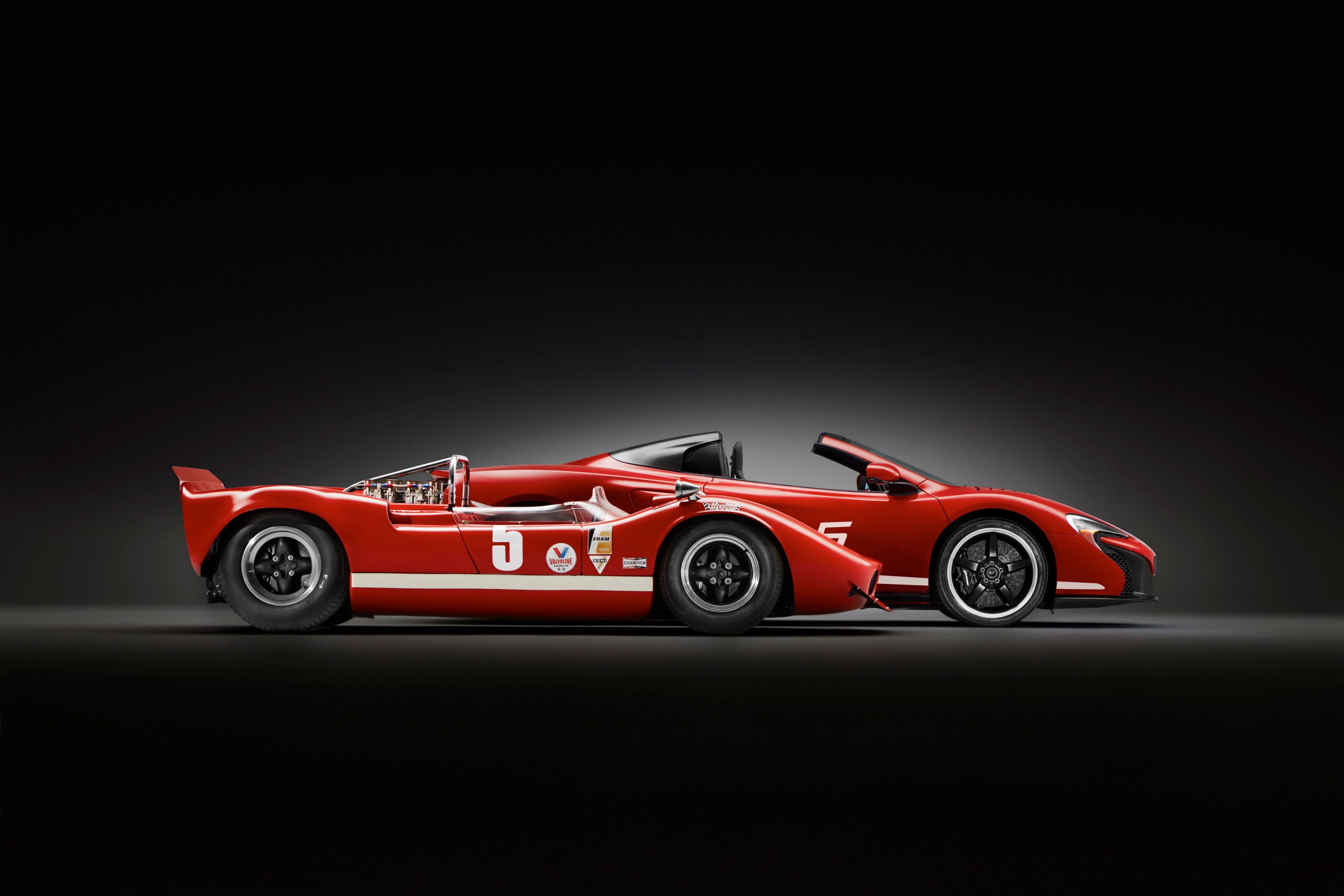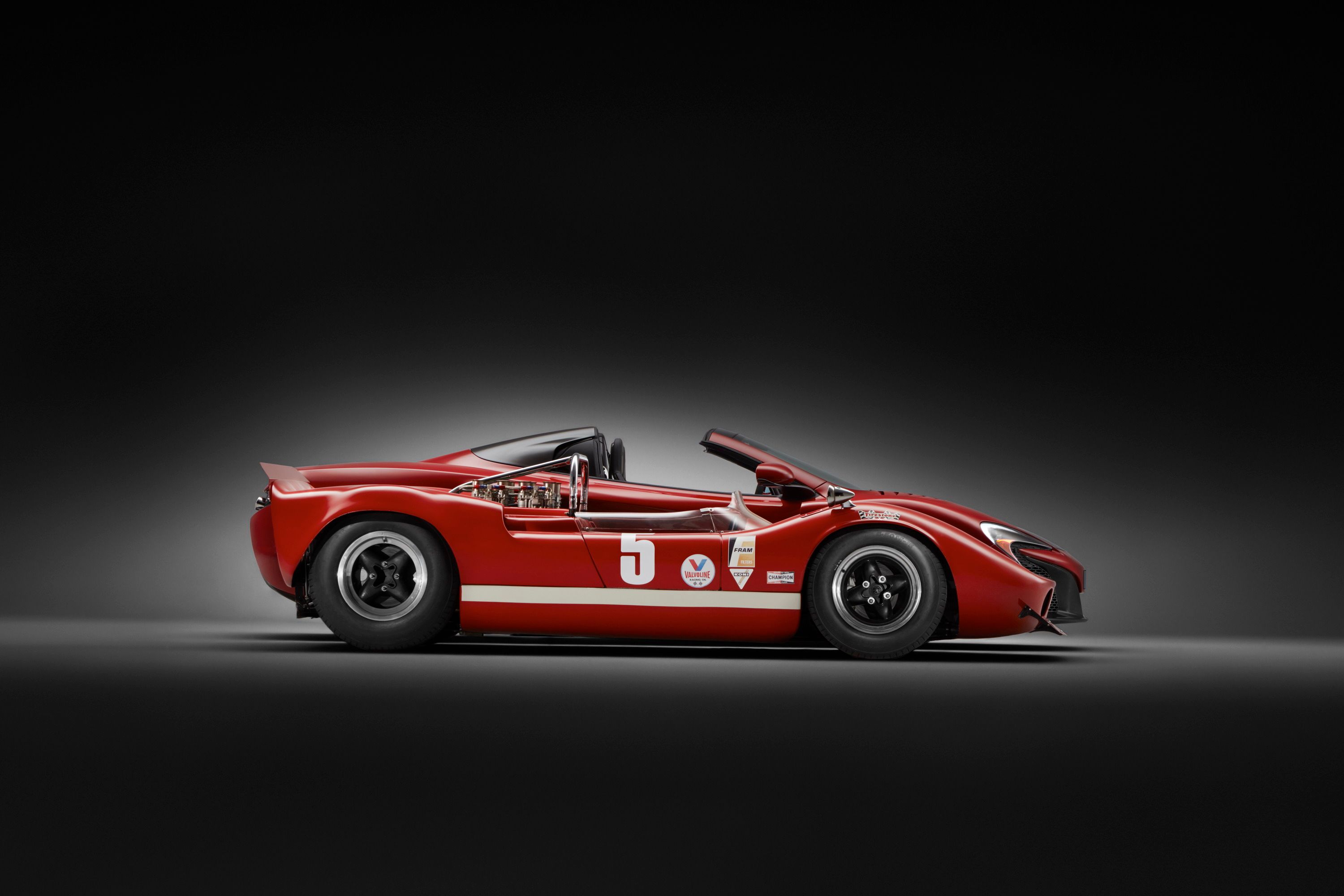In 1966, the world of racing birthed the Canadian-American Challenge Cup, a sports car->ke506 series that offered entrants a good deal of flexibility when it came to technical and mechanical specification. As a result, competitors frequently pushed the limits of go-faster tech, especially in the areas of aerodynamics, forced induction, and lightweight materials. One such innovator was New Zealand-born Bruce McLaren, who entered the championship in its inaugural season, eventually going on to take five consecutive championship titles between 1967 and 1971. Now, five decades later, the automaker that bears Bruce’s name is celebrating that dominating performance with this limited-edition 650S Spider.
“Can-Am racing is a major part of McLaren->ke284 heritage, and this latest model from MSO pays homage to the cars and the racers who played a key role in making the championship such a spectacle during the 1960s and ‘70s,” says Paul Mackenzie, Executive Director of McLaren Special Operations.
While mechanically unaltered over the standard 650S Spider, the 650S Can-Am does bear a variety of exterior modifications that do well in acknowledging McLaren’s past. But can this modern take really recapture some of those old glories?
Continue reading to learn more about the McLaren 650S Can-Am.
mclaren-650s-can-am
- Make: Array
- Model: mclaren-650s-can-am
2016 McLaren 650S Can-Am
- Make: Array
- Model: 2016 McLaren 650S Can-Am
- Engine/Motor: V8
- Horsepower: 641
- Torque: 500
- [do not use] Vehicle Model: Array
Exterior
Back in the glory days of Can-Am racing, many teams (including McLaren) used a material called Mallite in the creation of their race cars. Mallite is an aerospace-derived laminate composite that sandwiches a balsa wood core between sheets of duralumin (an early aluminum alloy), offering low weight, high rigidity, and high strength.
Sound familiar? These days, carbon fiber is the composite material of choice, especially when it comes to supercars like the 650S Spider. Beyond the standard-issue carbon-fiber-MonoCell chassis, McLaren also added a unique retractable carbon-fiber-hardtop, a first for the model. Additionally, carbon fiber is used for the hood, airbrake, front splitter, door blades, and the requisite special edition sill cover.
Further exotic materials can be found in the lightweight wheels, which are made from a forged alloy and come in a unique, five-spoke design that harkens back to the old ‘60s race cars. These rollers are finished in glossy black and have a diamond cut rim. The wheel studs are made from titanium, while the brake calipers are painted black.
Other unique features include louvered front fenders, also made from carbon fiber and inspired by the 1966 M1B racer. The slats above the wheels reduce pressure and aide in overall aerodynamics. In back, there’s an exclusive quad exhaust framed in a carbon-fiber grille. Made from polished stainless steel, the exhaust pipes are meant to resemble the throttle trumpets on old race cars, and supposedly offer a distinctive engine note.
Buyers can have the 650S Can-Am in one of three individual colors, each of which comes with its own historical significance. The first is Mars Red, another nod to the M1B that Bruce McLaren and Chris Amon drove in the debut Can-Am season. Next is Papaya Spark, a reimagining of the famed McLaren Orange hue, complete in a metallic finish. Finally, there’s Onyx Black, which recalls the old McLaren customer teams that raced in the later Can-Am seasons.
Each paint option also comes with an available old-school racing livery.
Interior
While Bruce and company had no need for creature comforts on their way to the Can-Am podium, this special-edition 650S Spider retains all the original interior amenities. That means you still get full carpeting, a top-notch infotainment system, and high-quality materials throughout, plus a driver-centric layout and performance-oriented switches and controls.
The hugely bolstered sport seats are decked out in Nappa leather and Alcantara, plus they come coordinated with the exterior paint choice. Meanwhile, carbon fiber once again makes an appearance, this time in a glorious composite weave for the center console. Fittingly, a Can-Am dedication plaque is placed on the driver’s door.
Drivetrain
McLaren didn’t change any of the greasy bits when it came to the 650S Can-Am. You still get the same twin-turbo 3.8-liter V-8 producing 641 horsepower and 500 pound-feet of torque. A sprint to 60 mph is achieved in three seconds, while top speed is rated at 204 mph.
Routing the power is a seven-speed dual-clutch automatic transmission, while McLaren’s Proactive Chassis Control suspension offers adjustability for either the road or the track. Wrapping those unique five-spoke wheels, you’ll find Pirelli P Zero Corsa rubber, while standard carbon-ceramic brakes throw the anchor.
Drivetrain Specifications
|
Type |
3.8-litre twin turbo V-8 |
|
Output |
641 HP |
|
Torque |
500 LB-FT |
|
0 to 62 mph (100 km/h) |
3 seconds |
|
Top speed |
204 MPH (329 km/h) |
Prices
Pricing for the 650S Can-Am starts at 255,850 pounds, or $392,308 at current conversion rates (10/9/2015). That’s a whopping $112,000 more than the standard 650S Spider.
Of course, only 50 examples will be produced globally, so if you want one, you’d better jump on it sooner rather than later. Odds are the 650S Can-Am will sell out rather quickly, even at this inflated price.
Deliveries are scheduled to begin in the spring of 2016, 50 years after the first race at the Circuit Mont-Tremblant in Canada.
Competition
Shelby Cobra Daytona Coupe 50th Anniversary
If you’re looking for an old-school racing throwback, you could do a lot worse than the Cobra Daytona Coupe. Recreating the highly celebrated racer that took the fight to Ferrari in the mid-‘60s, this 50th Anniversary edition is drenched in American-made performance history. Pricing is rather steep, though – $349,995 for the aluminum-bodied version, not including the engine. If that’s a bit much, you could opt for the fiberglass body instead, which starts at a much more reasonable $179,995.
Read our full review here.
Aston Martin Works 60th Anniversary Vanquish
Big power? Check. Drop-top driving experience? Check. Limited availability and a huge price tag? Oh yeah, that’s a check. To celebrate its 60th anniversary, Aston Martin Works created this limited edition Vanquish. How limited, you ask? Only six total will be produced, each coming with its own unique trim, styling, and color scheme. Both coupe and convertible body styles are offered. Under the hood, an unaltered 6.0-liter V-12 and eight-speed transmission are in place for a 0-to-60 time of 3.6 seconds and a top speed of 200 mph.
Read our full review here.
Conclusion
We’ve seen other special edition 650S models from McLaren before, including the 650S Le Mans and the 675LT, but the 650S Can-Am is arguably the most important. The Canadian-American Challenge Cup is a vital part of McLaren’s legacy. It’s the series where the team first proved it could produce a cutting-edge competition vehicle that was both reliable and incredibly fast.
So the question remains – does it live up to the name?
Visually, the 650S Can-Am certainly does a good job spicing up the design. Next to rivals like the Lamborghini Huracan or Ferrari 488GTB, you could say the standard 650S looks a bit subdued, sterile even. The 650S Can-Am, however, fixes that, with the liveries, bare carbon fiber, and fender louvers adding a much-needed dose of aggression.
The new exhaust is a nice addition as well, and although it would have been great to see a few upgrades to the drivetrain and suspension, I’m not surprised McLaren focused primarily on aesthetics. After all, I’m quite sure the mechanical pieces were all extensively refined prior to the 650S’s release.
Is this thing worth the extra outlay? In my opinion, no, not really. But that hardly matters, as all 50 examples are sure to sell faster than a McLaren 1-2-3 podium finish.

